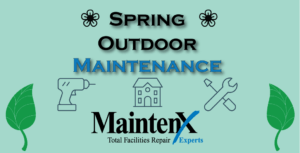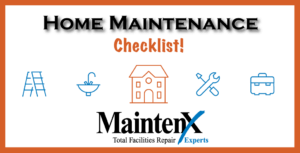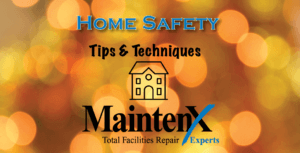 Summer, it’s the perfect time to revamp your outdoor spaces. Here are some simple and cheap tips to make the best of your patio, yard, or garden.
Summer, it’s the perfect time to revamp your outdoor spaces. Here are some simple and cheap tips to make the best of your patio, yard, or garden.
Have a Seat!
Recreate your patio by creating a comfy place to relax. Got some old furniture in the garage? Sand, refinish or paint it to create a shabby chic space in which to entertain or just lounge around in on a beautiful day.
Sweep Season
Whenever you go through your regular indoor cleaning checklist, add outdoor areas to the list. Sweeping your outdoor patios, porches, and entranceways will not only make your outdoor spaces look great, it’ll keep your indoor spaces cleaner reducing the amount of debris and dirt you track in from outside.
Fire it Up!
Everyone loves a fire pit, and you can set one up without spending a ton of money. There are lots of ready-made options available at furniture and/or hardware stores. If you’re more of a DIY-er, you can create a fire pit from old bricks, cinder blocks, or stones.
Repair Old Concrete
Older homes often have patios and walkways made of concrete slabs. Bringing new life to old concrete surfaces is the perfect way to spruce up your outdoor spaces. Fill in cracks, repair minor problems and seal the concrete. Then you can choose your colors and paint the walkways and outdoor spaces to give them new life.

 As the weather gets warmer and the days get longer, Spring is a great time to get yourself some fresh air while tackling some routine home maintenance projects. Here are some useful things to attend to this spring.
As the weather gets warmer and the days get longer, Spring is a great time to get yourself some fresh air while tackling some routine home maintenance projects. Here are some useful things to attend to this spring.
 Owning a home is more than just a one-time expense, it’s a continuing financial commitment. Just like regular oil changes for your car keep it running well for years, routine home maintenance will keep you from wasting money and time later down the road.
Owning a home is more than just a one-time expense, it’s a continuing financial commitment. Just like regular oil changes for your car keep it running well for years, routine home maintenance will keep you from wasting money and time later down the road. We all know it’s essential to protect our homes against risks like burglary, arson, and fire. Having a state-of-the-art security monitoring system can help mitigate these dangers, but certain techniques can make your home even safer.
We all know it’s essential to protect our homes against risks like burglary, arson, and fire. Having a state-of-the-art security monitoring system can help mitigate these dangers, but certain techniques can make your home even safer. You almost certainly know that sitting too much is terrible for our health and minds. Using a stand up desk at work can provide a lot of benefits to our overall health and our mental health and the quality of our work.
You almost certainly know that sitting too much is terrible for our health and minds. Using a stand up desk at work can provide a lot of benefits to our overall health and our mental health and the quality of our work.